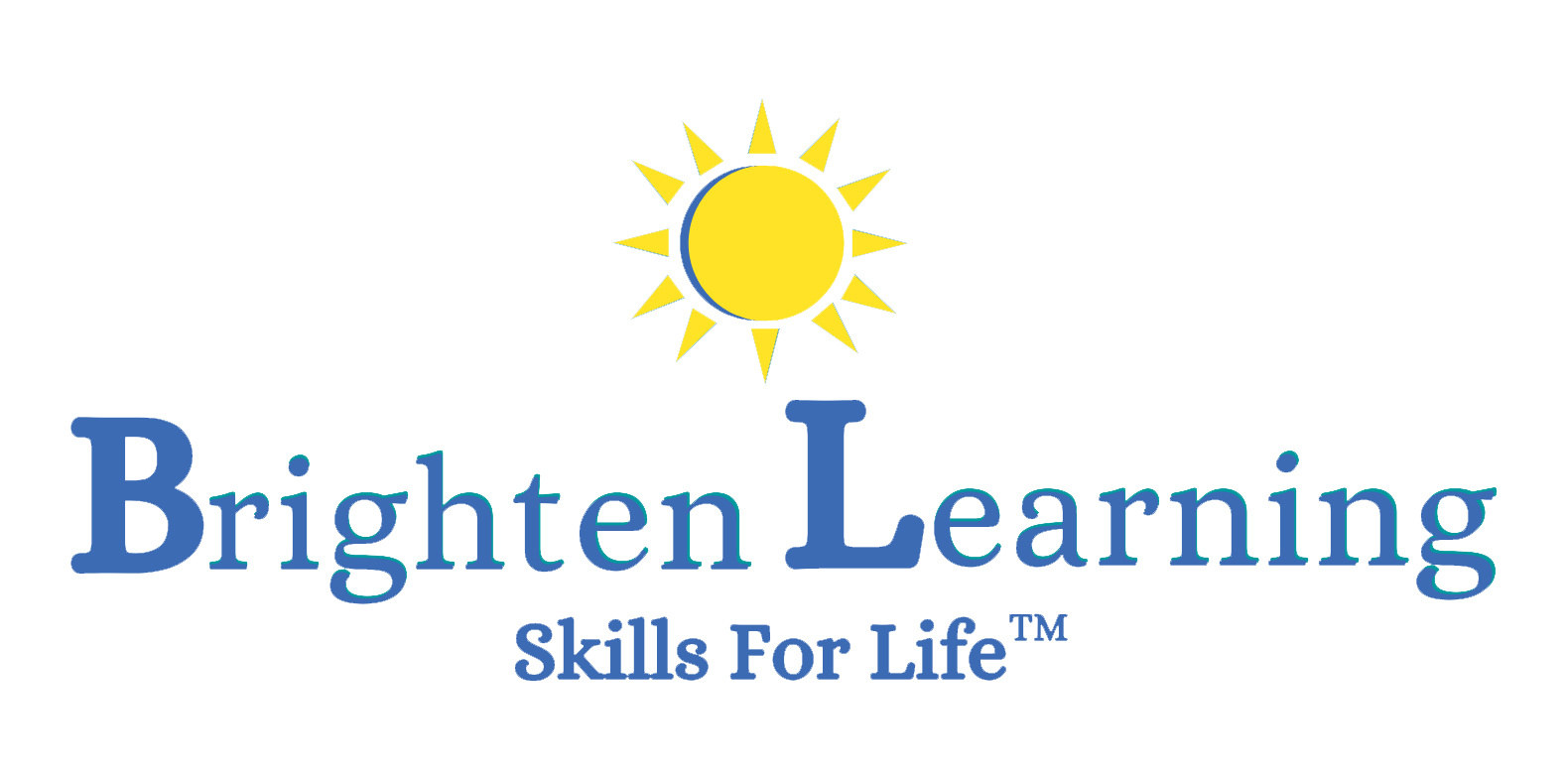LAWRENCE — At some point in every student’s life, he or she will be asked about…
Career Readiness: Paring Down Paths to Pair Up Kids

By Tom Whitby
How do we pair up students to a relevant and meaningful career path, when there are so many choices? In fact oftentimes we pose the question in education about how best to prepare students for jobs that don’t yet exist? This challenge to educators to pair students with the best career path gets even more complex when considering preparing students with special needs for independent lives in an evolving job market.
Finding a meaningful path in life has always been a difficult task for any student. Too many students get lost along the way, because they were never led to a clear pathway, so paring down career path choices is critical. Think about how often we ask little children that age old question “what do you want to be when you grow up?” We typically get responses such as “I want to be an astronaut, or a fireman” or “I am going to be President and a ballerina.” These cute answers fade away after awhile, and when that same question is posed to a teenager, the answers are a bit more sobering and oftentimes emotional, answers like: “I don’t know!”, or “With my grades I’ll never get into a college that will help me become an engineer, there is too much competition!”. It seems like the pressure on today’s average teen compounds daily, especially when that teen has struggled in his or her academic career because of special learning needs.
Today careers in Science, Technology, Engineering, Math and Medicine, are better known as the STEM careers. These paths will be in high demand in the future, and will create the economy of tomorrow. These industry labor forces will primarily be fed by colleges, but there are career paths that can also lead to roles in the STEM industry that do not require degrees. An increasing number of students are choosing non-degree paths for careers for a variety of reasons, citing everything from the crippling rise of student debt to the lack of post secondary options for students with special needs. To complicate things further today’s technology-driven culture will continue to impact our workforce. The McKinsey Global Institute cautions that as many as 375 million workers will need to switch occupational categories by 2030 due to automation.
Thus we are faced with a conundrum – more students opting out of college, and a growing need for STEM workforce skills. The National Science Foundation (NSF) talks about Human Resource Development (HRD), for STEM careers. They are funding HRD programs that support and promote activities which strengthen STEM education, especially for underserved communities. The NSF is seeking to broaden their participation in the workforce, and add to our knowledge base about programs of inclusion.The NSF has taken action to tap into the power of technology to facilitate transition to workforce for all students, inclusive of students with special needs.
One of these NSF HRD projects has resulted in an engaging instructional software called “Teen Career Path”. Developed by the award winning team at The Social Express in partnership with a research team from the University of Kansas, Teen Career Path is designed to enhance learning, reduce school costs, and increase efficacy of students’ transition plans. It covers all the bases and is aligned with Common Core, National Engineering and National Council on Disability Standards.
What Teen Career Path does, that is so very special, is reach out to teenagers using a medium they understand, technology. Students almost forget they are working and learning while engaged in this captivating video gaming platform. Utilizing one of the most powerful instructional technology strategies, Teen Career Path allows students to explore different STEM careers in the safety of a simulation. Now they don’t have to guess at what they might want to be. Now they can “try a new career on for size” and reflect on how well it fits their interests and skills. In a risk-free environment students can explore multiple careers and decide which of them they actually enjoy, while building key career readiness skills.
But it is not all fun and games. There is real learning going on. Teen Career Path provides students, teachers and parents with individualized assessment information related to student performance. Each time a student plays the game it ends with detailed analysis of the student’s task completion in the game with suggestions for improvement. This data informs meaningful discussions, reflections, and a dialog with students that can really set them in the right direction.
Imagine a world where schools graduate students who have a better, if not clear, sense of what field they want to enter, a vision of what career they want to pursue. Imagine a world where these students can jump right in and start accumulating real world experience, regardless of whether the student had an IEP or not. That may seem idealistic, but it is not out of the realm of possibilities with a tool like Teen Career Path in the hands of a future focused educator.
